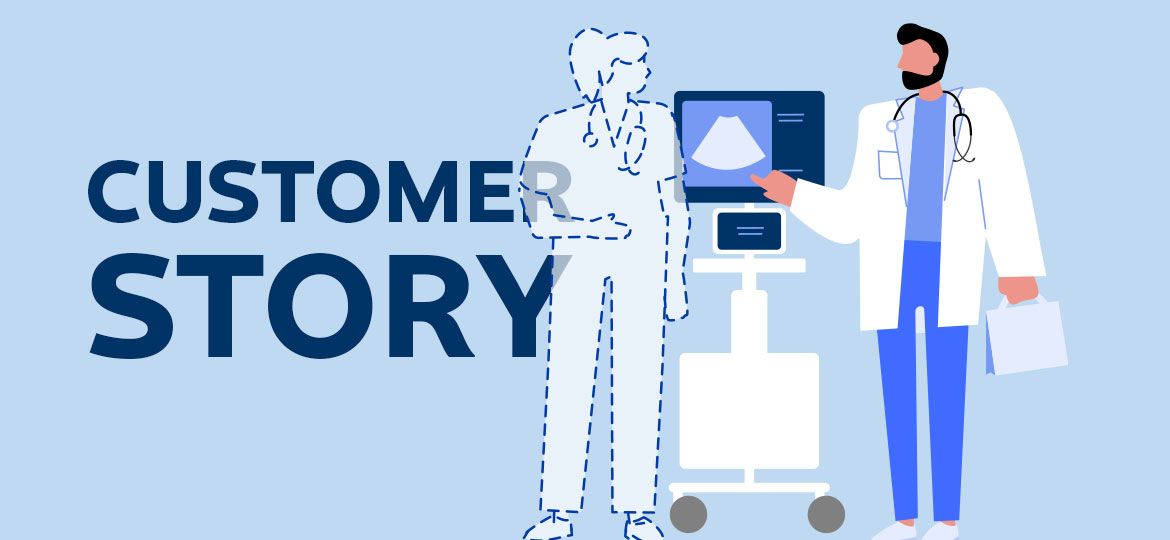
Running a hospital comes with many challenges, but one of the toughest is managing a shortage of specialists. Columbus Hospital, a rural facility, faced exactly this issue when they were unable to get their cardiology studies read in a timely manner, and were not large enough to justify an in-house cardiologist. Diagnostic read delays were causing significant disruptions, both to patient care and revenue.
That’s when Austin, the hospital’s Director of Radiology, decided to take action. With a simple search for a new partner delivering rapid, remote diagnostic reads, Austin transformed the way Columbus Hospital operates, dramatically improving patient care and operational efficiency.
Columbus Hospital’s Challenge
Like many community hospitals, Columbus Hospital didn’t have the resources to employ a full-time cardiologist. Instead, they relied on a larger regional hospital for diagnostic reads. However, a technological disconnect caused a backlog of echos and delays in getting results led to longer patient stays, reduced patient velocity, and frustrated staff and patients.
How Remote Diagnostics Changed Everything
Austin recognized that something had to change. He decided to implement remote cardiology reads from a trusted provider. This decision completely transformed their workflow, eliminating backlogs and delivering faster results to physicians.
With reliable, fast, and accurate reads, Columbus Hospital reduced the number of patient transfers and improved patient outcomes. The hospital also saw a significant financial benefit, with fewer patients transported out of the community, and the ability to care for more patients in-house, and on-time.
Quantifiable Results
✔ Improved Patient Care
Faster reads meant quicker diagnoses and treatment, leading to better patient outcomes.
✔ Operational Efficiency
The hospital’s workflows improved, and staff satisfaction increased.
✔ Financial Impact
By reducing patient transfers, Columbus Hospital is able to provide more comprehensive care to more patients in-house, better serving the community while retaining the revenue that would have been lost to other facilities. Instead of losing patients to larger hospitals for diagnostics, they provided care locally, boosting their bottom line.
Austin’s Advice for Other Hospitals
“Partnering with CompuMed for remote diagnostics was a game-changer for us. It allowed us to offer better care without the overhead of adding specialized staff. I’d recommend it to any hospital facing similar challenges,” said Austin.
Summary
Columbus Hospital’s story is a powerful example of how any hospital can overcome resource limitations and a shortage of cardiologists by partnering with CompuMed. With faster reads, better patient care, and improved financial performance, hospitals like Columbus are proving that size doesn’t have to limit the quality of care.

